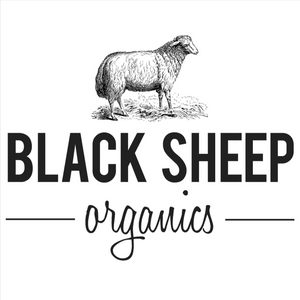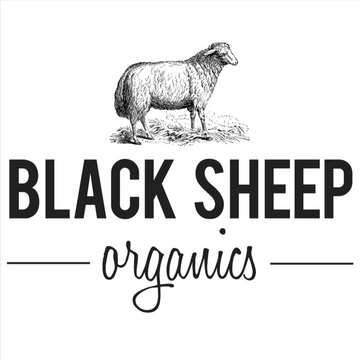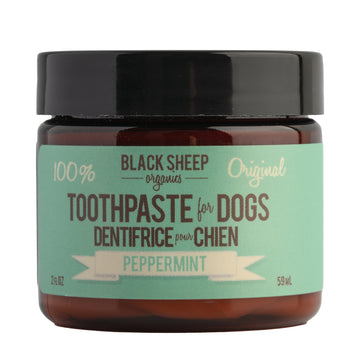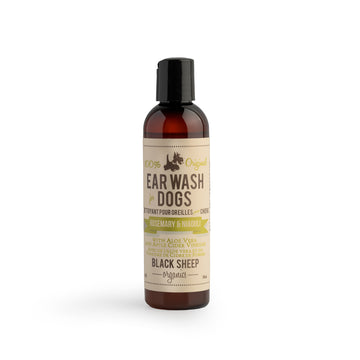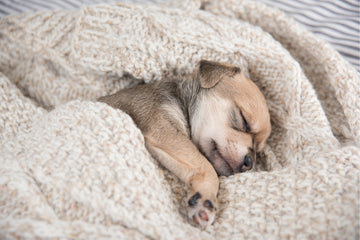The Great Clip Debate: Should Your Dog Get a Haircut?
Apr 06, 2024
Have you ever looked at your furry friend and wondered, "Should I get my dog a haircut?" It's a common question for dog owners, and there's no one-size-fits-all answer. In most cases, the answer is yes, but the decision depends on a variety of factors, from your dog's breed and coat type to their overall health and lifestyle. Let's explore the great clip debate and explore the benefits, drawbacks, and timing considerations of dog haircuts.
Should You Give Your Dog a Haircut?
When contemplating whether to give your dog a haircut, it's essential to weigh the pros and cons carefully. Let's explore the various aspects to consider.
Benefits of Giving Your Dog a Haircut
- Improved Hygiene: Regular grooming, including haircuts, can significantly reduce the buildup of dirt, oil, and parasites, promoting a cleaner and healthier coat.
- Enhanced Comfort: A haircut can help prevent overheating and make your dog more comfortable, especially during warmer months.
- Health Monitoring: Grooming provides an opportunity to check for fleas, ticks, and skin conditions, ensuring any issues are addressed promptly.
- Reduced Shedding: Grooming can minimize shedding by removing dead fur, keeping your home cleaner and reducing allergens.
- Prevention of Matting and Tangles: Regular trims can keep your dog's fur free of painful mats, which can cause skin irritation or infections.
Potential Drawbacks
- Risk of Sunburn and Exposure: A very short haircut might expose your dog's skin to harmful UV rays or cold temperatures, depending on the season.
- Stress and Anxiety: Some dogs may find the grooming experience stressful, especially if they're not used to it. Choosing a patient and experienced groomer can mitigate this.
- Potential for Grooming Injuries: Incorrect grooming techniques can lead to cuts, nicks, or skin irritation. It's crucial to use a reputable groomer.
- Cost: Professional grooming services can be expensive, but many pet owners find the benefits outweigh the costs.
When to Give My Dog a Haircut?
Deciding on the right time to give your dog a haircut involves considering various factors, including seasonal changes, their lifestyle, and specific breed requirements. Let's discuss the best times for a haircut and recognize signs that your dog is due for one.
Understanding the Best Times for a Haircut
Seasonal Changes: As the seasons shift, so do the needs of your dog's coat. During spring, many dogs shed their winter coats, making it an ideal time for a trim to help manage shedding and encourage healthy growth. However, some animal experts advise against too drastic a cut in summer, as a dog's coat provides protection against sunburn and overheating. Instead, focus on regular brushing and perhaps a light trim to maintain health without compromising their natural defenses.
Lifestyle and Activity Level: Active dogs who spend a lot of time outdoors may benefit from shorter cuts to keep them clean and free of tangles. On the other hand, indoor pets might not need as frequent grooming. Consider your dog's daily activities when deciding on haircut frequency.
Breed-Specific Needs: Different breeds have unique coat types that require varying care. We will discuss this in more detail in the following section.
Recognizing Signs That Your Dog is Due for a Haircut
- Increased Shedding: If you notice more fur around your home than usual, it might be time for a trim. Regular haircuts can help manage shedding.
- Matting and Tangles: Mats can cause discomfort and skin issues. If your dog's coat starts to tangle easily, consider scheduling a haircut.
- Overheating: Dogs with thick or long coats may struggle in hot weather. If your dog seems lethargic or pants excessively during warm days, a shorter cut could help them stay cool.
- Difficulty Seeing: Hair that grows over your dog's eyes not only affects their vision but can also lead to eye infections. Trimming the hair around their face ensures they can see clearly and remain healthy.
- Skin Issues: An unkempt coat can hide skin problems. Regular grooming allows you to inspect your dog's skin and address any concerns early.
How Often Should Your Dog Get a Haircut?
Different breeds have vastly different grooming requirements based on their coat type; here, we synthesize the latest guidance from experts to help you make informed decisions about your pet's grooming needs.
- Long, Thick Fur: Breeds such as Collies and Shih Tzus, with their luxurious coats, may require grooming every 4-6 weeks to prevent matting and maintain skin health.
- Short or Fine Hair: Dogs like Beagles and Boxers, which sport shorter, finer coats, might only need professional grooming every 8-12 weeks, focusing mainly on essentials such as nail trimming and ear cleaning.
- Wire-Haired Coats: Terriers and other wire-haired dogs often benefit from a haircut every 4 to 8 weeks to keep their coat tidy and free of mats.
- Silky-Haired Dogs: Breeds with continuously growing hair, such as Yorkies and Maltese, should be groomed approximately every 4 to 8 weeks to prevent tangles and keep the coat manageable.
While these guidelines provide a general framework, it's essential to tailor grooming schedules to your dog's specific needs; after all, the frequency of your dog's haircuts should be a thoughtful decision that takes into account their breed, coat type, individual health needs, and lifestyle.
Integrating Haircuts with Your Dog's Daily Grooming Routines
A well-thought-out grooming routine encompasses daily cleaning, regular bathing with dog-specified shampoo, and strategic haircuts, each playing a crucial role in maintaining your pet's coat health and appearance. Let's delve into how these elements interconnect to support your dog's grooming needs.
Daily Cleaning: How Regular Brushing Complements Haircuts
Brushing your dog's coat on a daily basis is fundamental for several reasons. It helps to remove dirt, loose fur, and potential tangles, making it an essential complement to haircuts. Regular brushing not only keeps your dog's coat cleaner and more manageable but also stimulates the skin, promoting healthy oil distribution for a shinier and healthier coat. For long-haired breeds, daily brushing is indispensable to prevent matting, which can complicate haircuts. All long-haired dogs require full grooming every 4-8 weeks, with daily brushing as a critical maintenance task in between.
Bathing Before Haircuts: Preparing Your Dog's Coat for a Trim
A clean coat is much easier to cut and style, making bathing an important preparatory step before any haircut. Bathing removes accumulated dirt and oils, ensuring that the hair is in optimal condition for trimming. It's essential to thoroughly dry your dog's coat post-bath to avoid uneven cuts. Setting up a regular bathing routine, especially for long-haired breeds, is vital for removing tangles and preventing mats, thus facilitating a smoother haircut process.
Post-Haircut Care: Maintaining Coat Health Between Grooming Sessions
After your dog receives a haircut, maintaining the health of their coat is key to prolonging the benefits of the groom. Continued brushing is important, as it helps to keep the coat free of mats and tangles. Additionally, applying recommended conditioners or sprays can keep the coat soft and manageable. Paying attention to the dog's skin is equally important, especially after significant trims, to protect against sunburn or irritation from environmental factors.
The great clip debate highlights the importance of considering your dog's individual needs when it comes to grooming. While haircuts can offer some benefits, they aren't always necessary and, in some cases, could be detrimental.
Remember, your veterinarian can offer specific advice based on your dog's breed and health. Ultimately, the goal is to ensure your furry friend has a clean, healthy, and comfortable coat.
